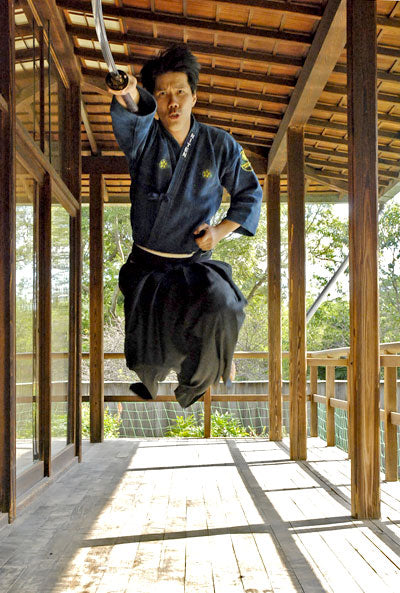
Those studying these arts had limited resources and were relying on fragments of information and hushed comments. Many didn't have access to the documents, teachers and education we do today. But these conversations took place in much earlier times. Many of these critics will rely on old discussion threads and forums, such as the epic E-Budo threads, which I love and still remain a source of excellent education. And the Seiza posture is an excellent example of the confluence of those historical periods, realistic techniques, abstract strategy and religious philosophy. The ryū has a long history which encompasses several distinct periods of culture and warfare among the Samurai. As covered in my previous article, " Is Musō Jikiden Eishin-ryū Battle tested?". In this article I intend to examine that connotation, as it is a primary argument used by those that claim contrary to the previous article that Musō Jikiden Eishin-ryū is not combat realistic in terms of authentic Japanese period fighting methods (which is a ludicrous suggestion in and of itself).


Many critics, the vast majority online are external observers of the ryū and not initiated into the inner teachings of the discipline, cite this posture as being a " dead posture that a samurai would not use " and secondly that they would not carry a long sword through their obi and sit in seiza. 'proper sitting'), a seated posture, where the legs are tucked under the body with the feet, insteps flat on the floor, soles upturned and the buttocks resting above them. A large criticism of the Musō Jikiden Eishin-ryū is the use of Seiza ( 正座 lit.


 0 kommentar(er)
0 kommentar(er)
